GENERAL INFO
- Successors 1 post(s)
- This post has been featured
- Created On: Windows
- Game Version: 1.2.212.0
CHARACTERISTICS
- Radius: 2,500 km
- Sea Level: -1,000 m
- Surface Gravity: 2.6 m/s
- Rotational Period: N/A
- Escape Velocity: 3.61 km/s
- Mass: 2.45E+23kg
Atmosphere
- Height: 76 km
- Scale Height: 11 km
- Surface Air Density: 0.820 kg/m3
- Surface Temperature: 311 K
EQUIRECTANGULAR MAP
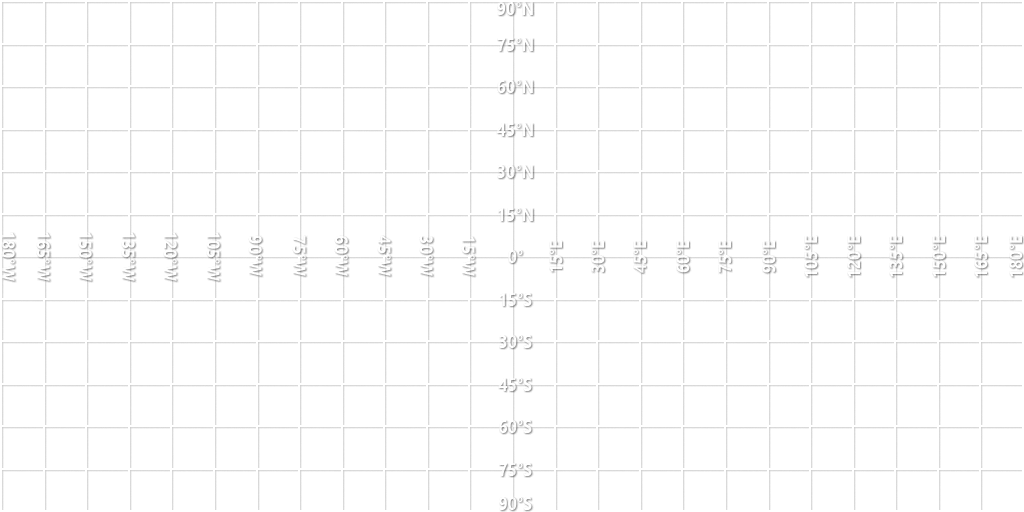
14 Comments
- Log in to leave a comment
-
3,832 Isosceles51Pinned 1.7 years ago
HOLY SH*T, this thing has NO business being so good! Great job @Hyperant!
-
-
20.6k Tallisar1.7 years ago
Thank you @ChaseWilsons! That explains the reason of my time to time absence—busy making things more awesome!
-
20.6k Tallisar1.7 years ago
@Spitty So, the life mostly came from Zeraphus. Due to its proximity to Arkkanna, it has a lot of volcanoes, and its placement in Arkkanna's rings gives it a dusty, hazy, toxic atmosphere. The atmosphere allowed microbial life to survive better than on airless worlds. The Ustrenpased (Barvunelis Ustrenpased) has a hardy anti-radiation shell to protect itself from the radiation. Some other plants would be the Awemit (Barvunelis Awemtricae), a similar plant that sacrificed most of its shell for leaves to get more energy. Because of their vulnerability to radiation, they live in shady areas like mountains, caves, and valleys.
-
3,832 Isosceles511.7 years ago
@Hyperant I’m curious. Did they spread via Panspermia? Specifically by asteroid/meteorites/comets, or by being stowaways in spacecraft?
-
-
-
20.6k Tallisar1.7 years ago
So to begin with, Vortís is suffering a similar fate to Mars @Spitty. Most of the life is underground and underwater. The caves on Vortìs are beautiful. Due to the warm, dark, and possibly moist environment, they are littered with bioluminescent life, including fungi. Some species of the genus "Barvunelis" is also found in Vortìs, along with Zeraphus, Trivonis, Erros, and other Arkkannian moons. Barvunelis plants (genus) are normally round or bulbous. The Ustrenpased species of the Barvunelis has thin grass-like leaves protruding out the top through a small opening. Some SUB-SPECIES of the Ustrenpased that are found on Vortís are the Yaquili (Barvunelis Ustrenpased Yaquilis). Under the water also many plants and creatures. Some are hostile, whereas some are grazers, eating the plant life. There are also microbes on Vortìs, to of which may be harmful to humans.
-
-
20.6k Tallisar1.7 years ago
Sort-of and sort-of not @Spitty. Most of the surface plant life has hardy, thick layers of protection to battle radiation, and the harsh climate, like sandstorms. I can tell you more if you would like me too.
-
-
1.7 years ago
@Hyperant my browser is wiggin out it has no idea how to handle the zalgo
-
3,677 That1SpaceDude+1 1.7 years ago
@Hyperant my browser tried to translate that to Vietnamese 💀
but good planet tho :)

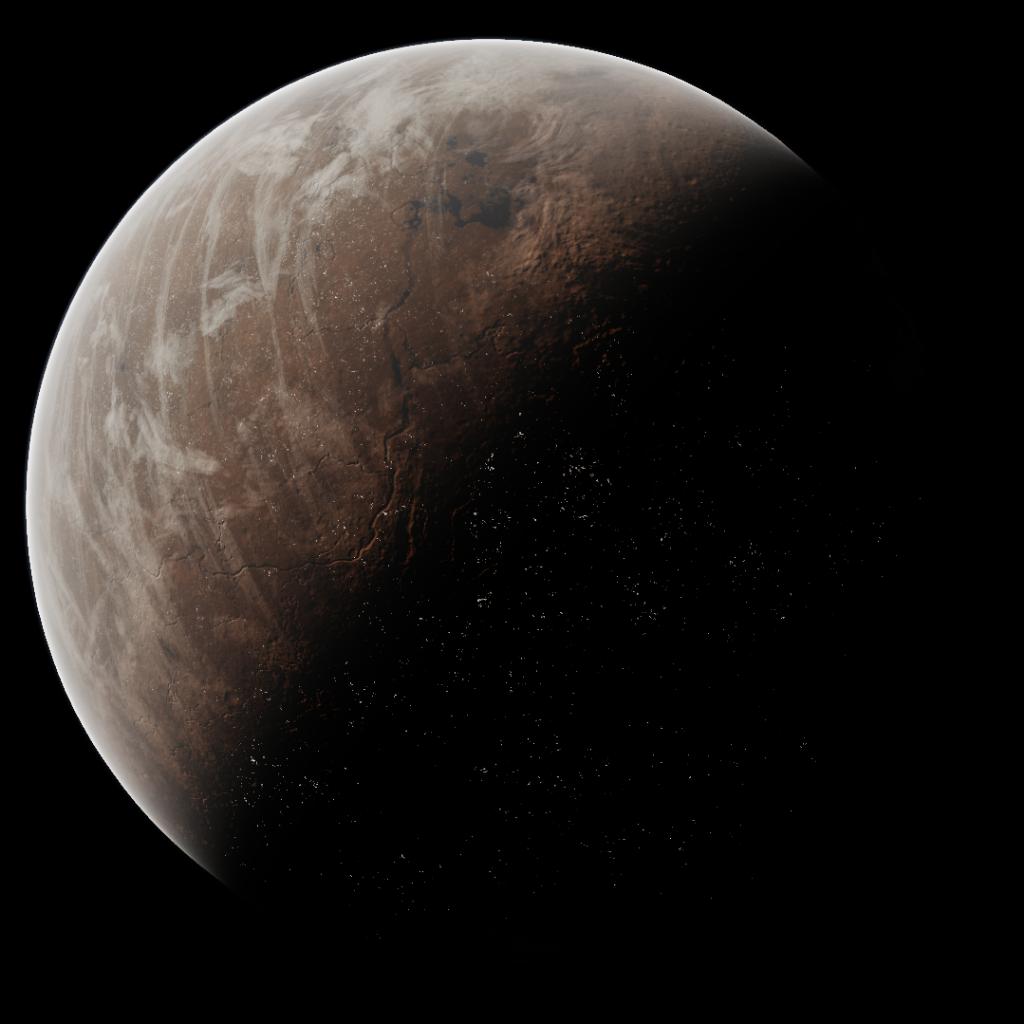
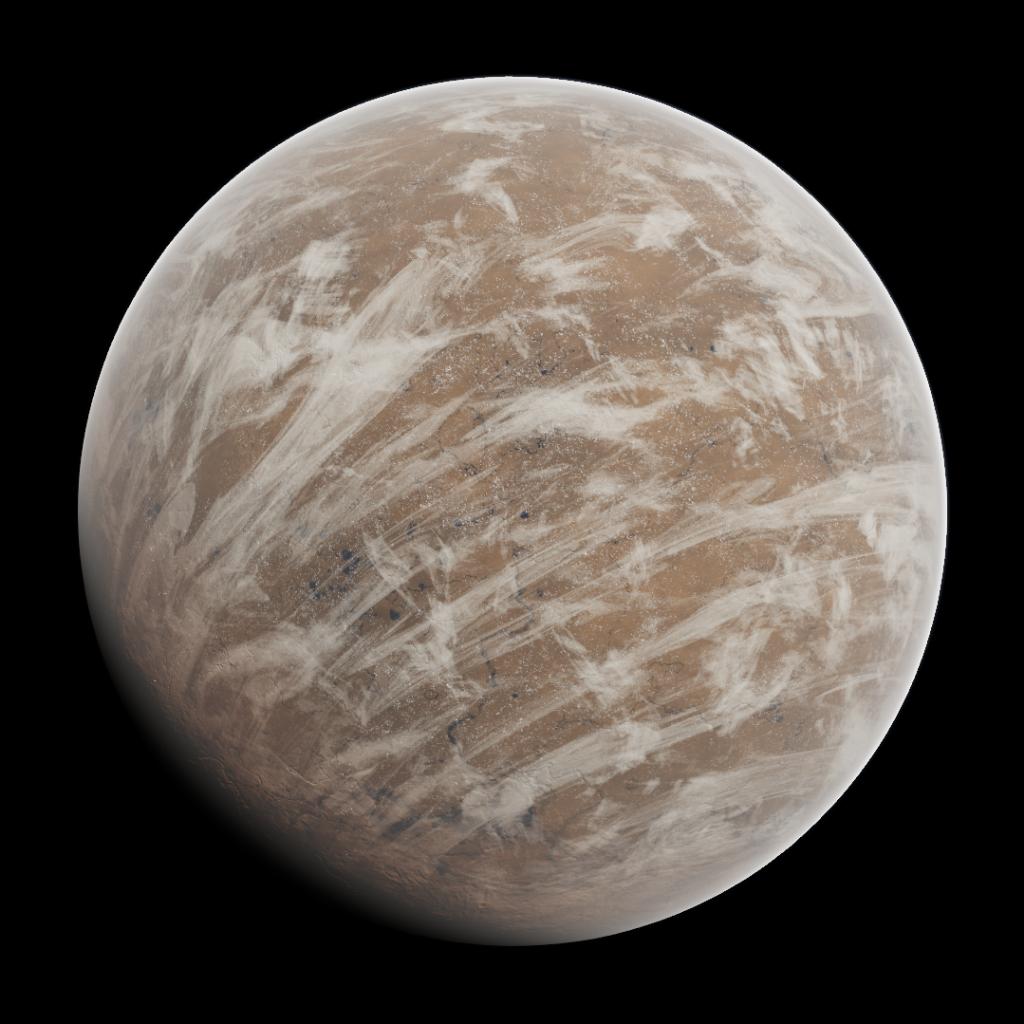
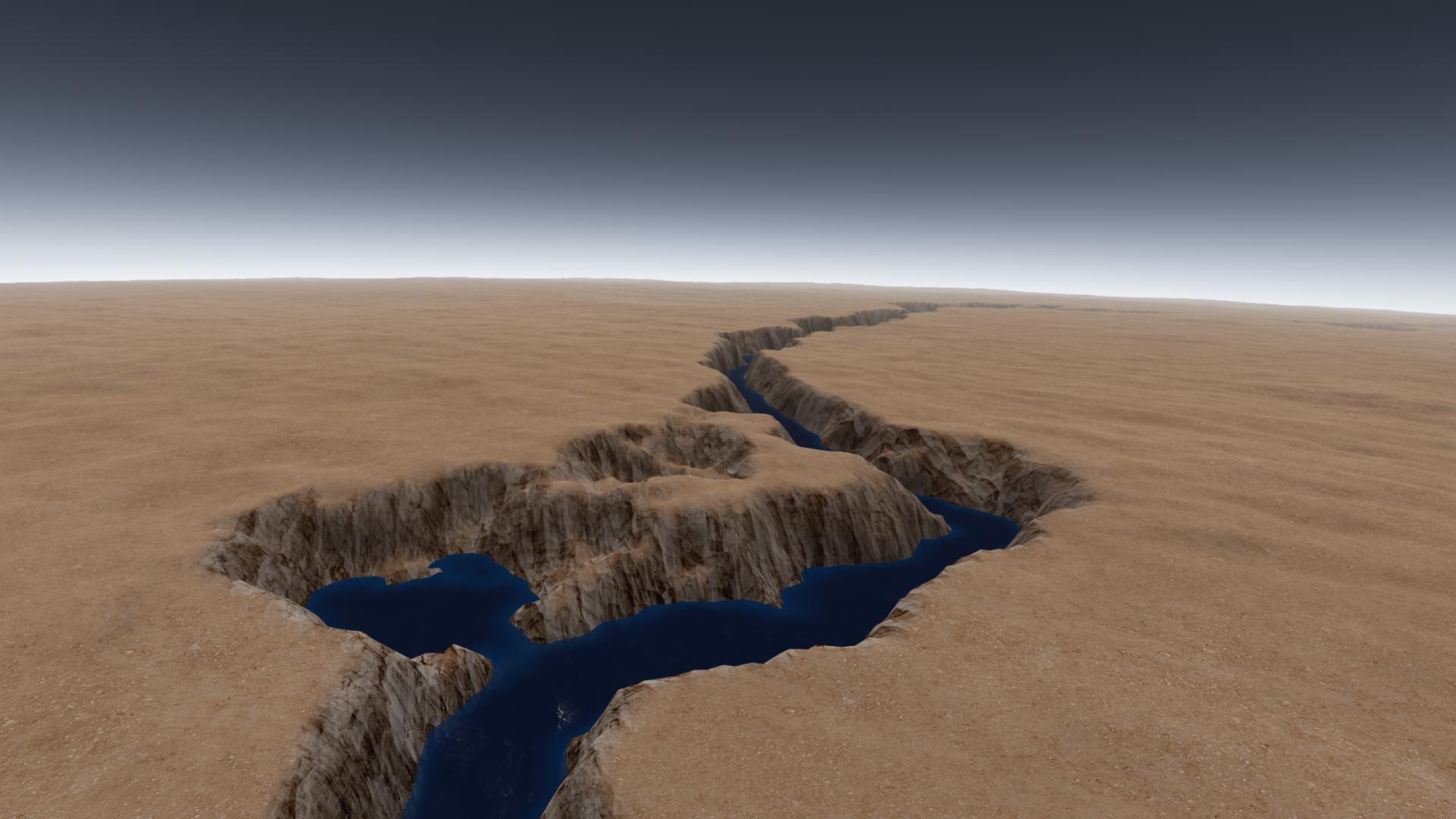
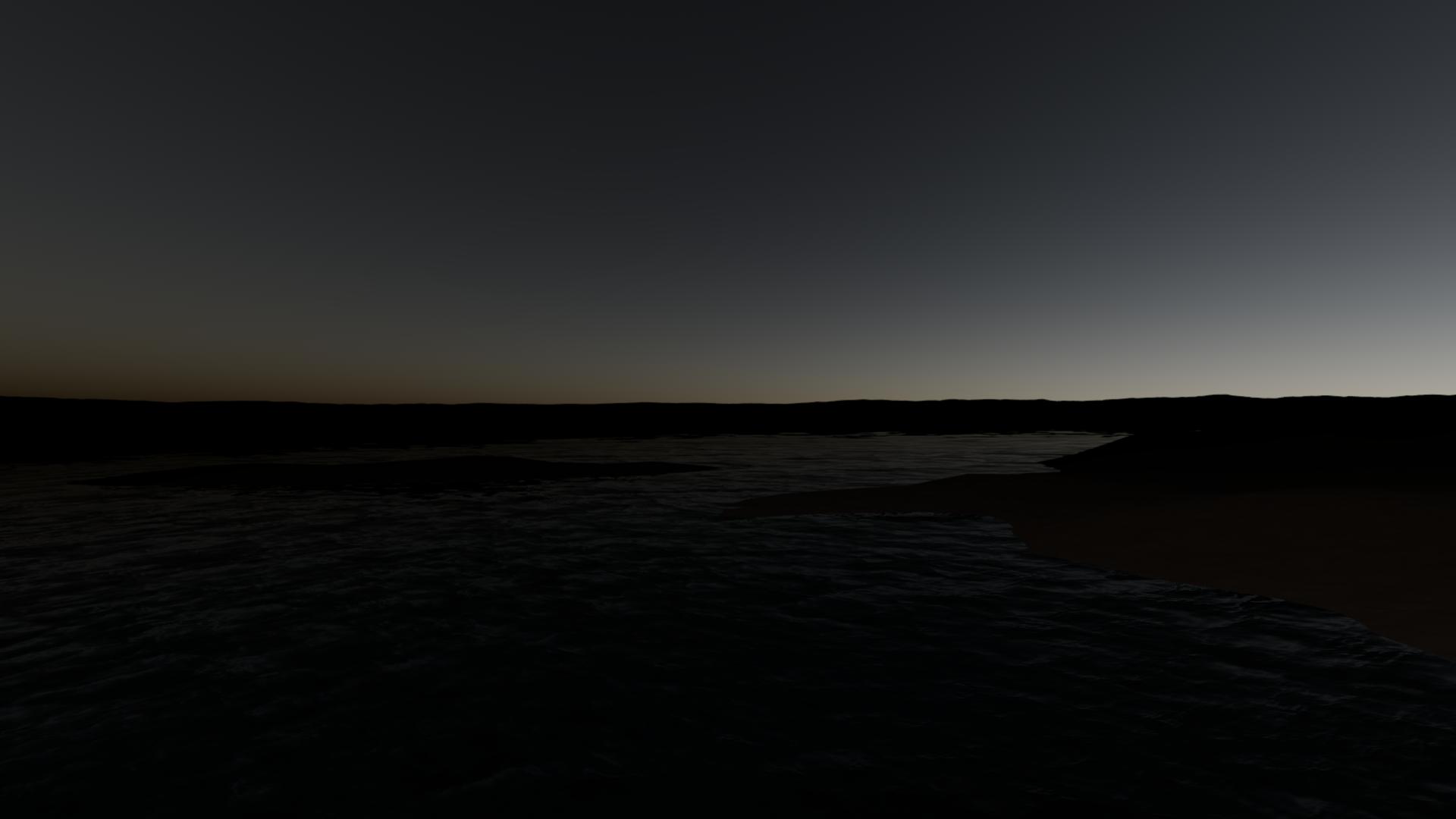


awesome, it's finally here
epic
i saw this right when the beat dropped in the song i was listening to, made it that much cooler